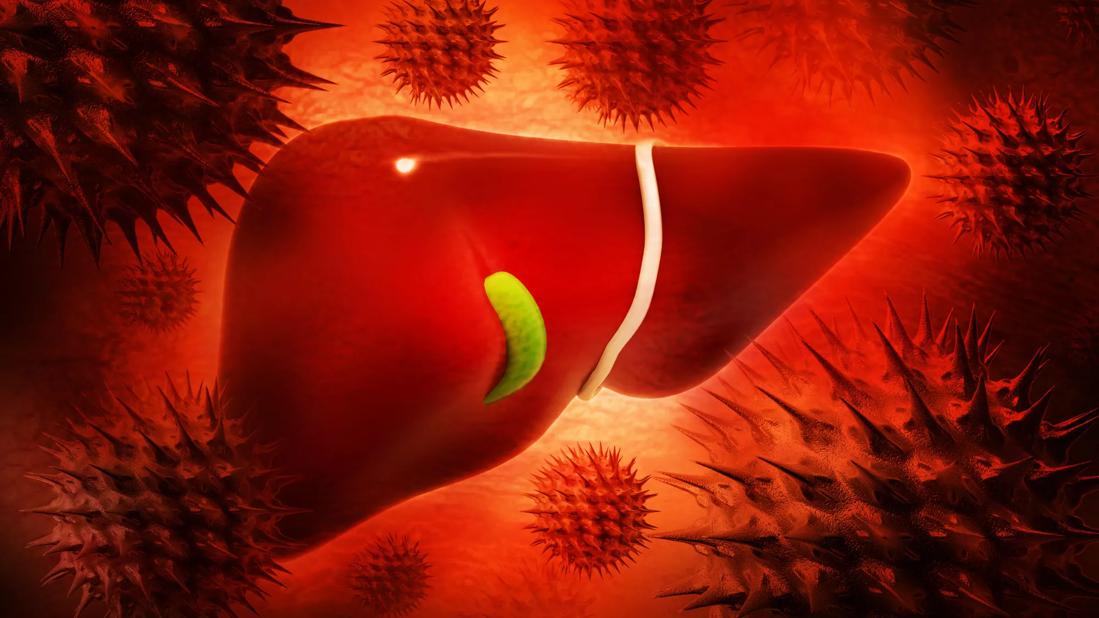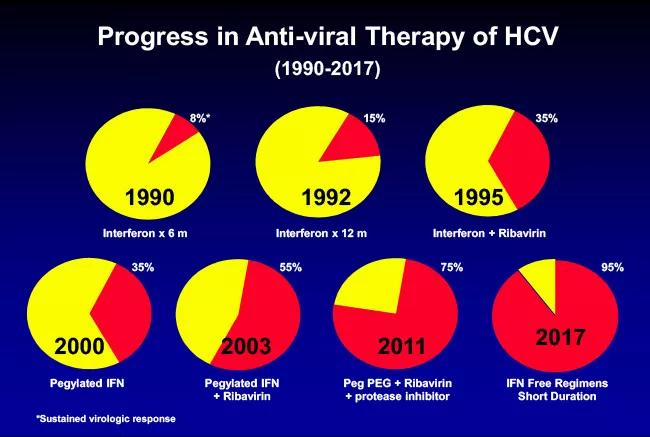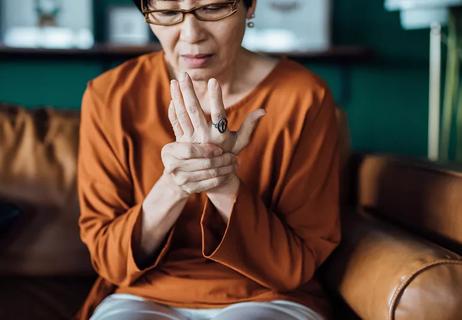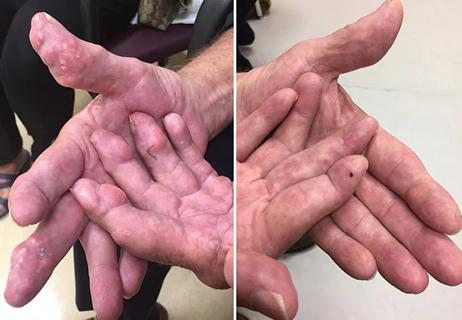Hepatitis C infection in the spotlight

Advertisement
Cleveland Clinic is a non-profit academic medical center. Advertising on our site helps support our mission. We do not endorse non-Cleveland Clinic products or services. Policy
Perhaps no infection of our generation has undergone as tectonic a change in terms of treatment and outcomes as hepatitis C virus (HCV) infection. Defined molecularly only in 1989 and estimated to infect nearly 200 million people worldwide, HCV has represented a profound challenge for various reasons to physicians — including rheumatologists, dermatologists and gastroenterologists — caring for patients with immune-mediated inflammatory diseases (IMIDs).
HCV has represented both an etiologic agent for IMIDs, as well as a major and complex comorbidity when it accompanies such disorders as rheumatoid arthritis (RA), psoriasis, inflammatory bowel disease (IBD) and virtually any other IMID requiring immunosuppressive and or immunomodulatory therapies. Consider that HCV is the quintessential viral pathogen, associated with a broad spectrum of autoimmune and autoinflammatory complications such as cryoglobulinemic vasculitis, immune complex glomerulonephritis and inflammatory polyarthritis as well as numerous other end-organ diseases. Also consider that the majority of patients with chronic HCV have remained undiagnosed; this poses significant problems when the infection occurs comorbidly with primary immune disorders requiring immunosuppression.
The sea change in HCV relates primarily to the dramatic and rapid evolution of antiviral therapy, in particular the introduction of highly effective and well-tolerated direct-acting agents (DAAs) that now offer the likelihood of curing HCV in as few as 8-12 weeks in the vast majority of patients.
Advertisement

This advance not only provides a new avenue for treating HCV associated inflammatory disorders such as cryoglobulinemia (which, prior to effective antiviral therapy, could only be palliated with immunosuppression). Now HCV can be cured rapidly in the vast majority of patients, and this cure provides a new strategy for effective therapy.
A recent abstract presented by David Saadoun, MD, PhD, at the 2016 American College of Rheumatology annual meeting demonstrated that one such combination was effective and fast in relieving both signs and symptoms as well leading to both virologic cure and immunologic control. This should be considered only the beginning of an extended series of DAA options available to our patients.
Despite these remarkable advances, numerous questions linger as to optimum drug selection and duration of therapy as well as understanding the immunokinetics of successful therapy.
Finally, with the advent of such highly effective therapies for HCV, rheumatologists, dermatologists and others managing IMIDs should be rethinking HCV screening strategies and the plight of infected patients. For an individual with a lifelong condition such as RA, psoriasis, or IBD, practitioners must now weigh what type of therapy may accommodate a minimal period of immunosuppression while allowing the patient to be cured from their HCV infection with a few months of DAA treatment.
Indeed there is a new game afoot, and questions have been raised regarding screening procedures and recommendations of the past that were flawed and passive.
Advertisement
At the upcoming Biologic Therapies Summit VII, held April 6-8, 2017, at the Intercontinental Hotel and Conference Center in Cleveland, Ohio, Kevin Winthrop, MD, MPH, and Jack Cush, MD, will lead a half-day session dedicated to comorbidities including serious infections.
For registration and additional information on the Summit, visit www.ccfcme.org/biotherapiesVII.
This activity has been approved for AMA PRA Category 1 Credit™.
Dr. Calabrese is Director of the R.J. Fasenmyer Center for Clinical Immunology in the Department of Rheumatic and Immunologic Diseases.
Advertisement
Advertisement

Genetic testing at Cleveland Clinic provided patient with an updated diagnosis

From dryness to diagnosis

Older Psoriasis Patients May Experience Quicker Transition

Cleveland Clinic’s Rheumatic Lung Disease program treats patients with complex conditions

Some patients exhibit marked nodulosis due to undiagnosed tophi

A century-old medical tradition inspired the weekly complex-case reviews in Rheumatology

Multidisciplinary care may help clear barriers to treatment

Genetic polymorphisms and response to TNFα blockers